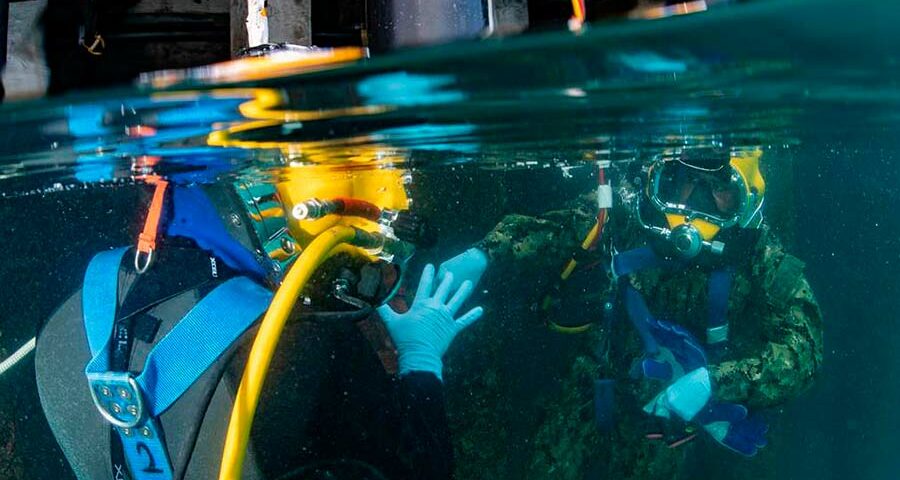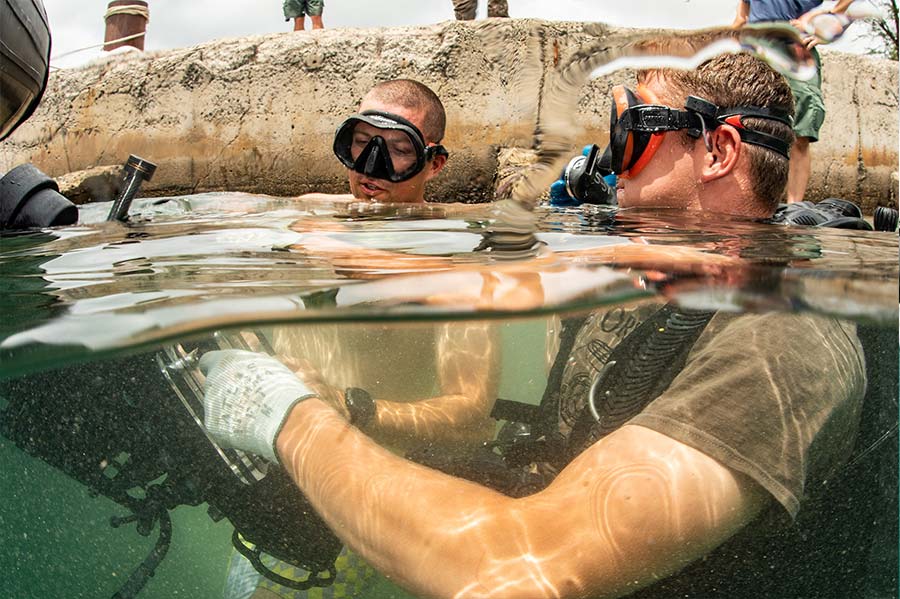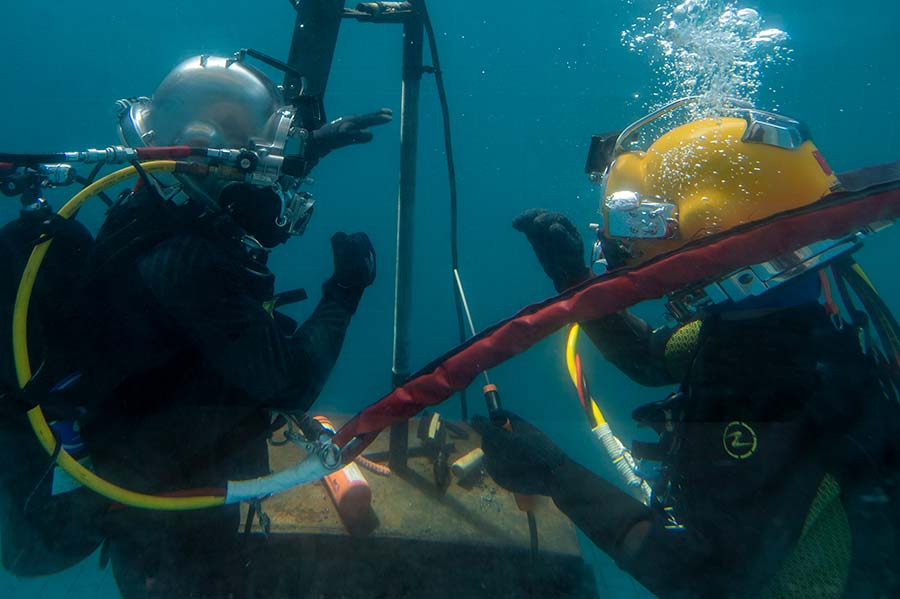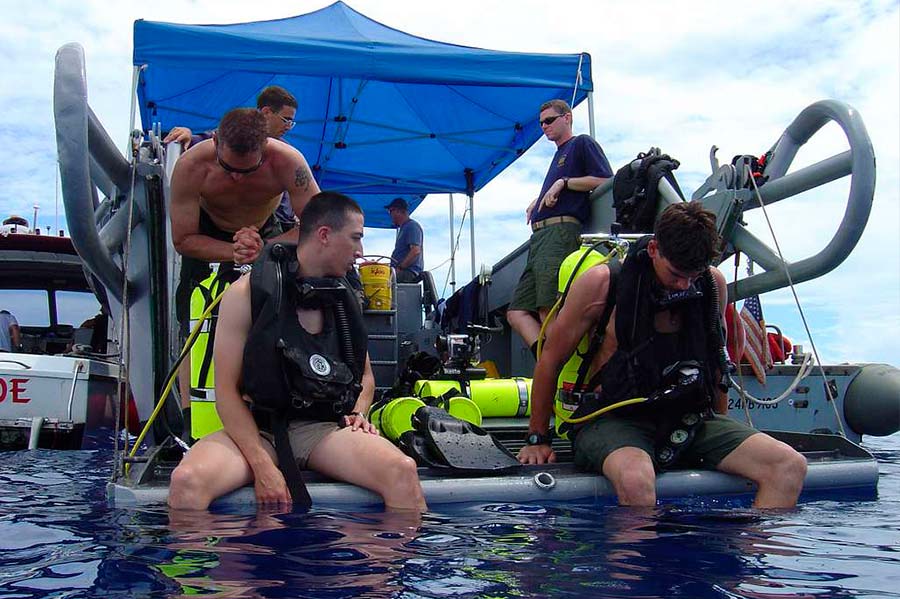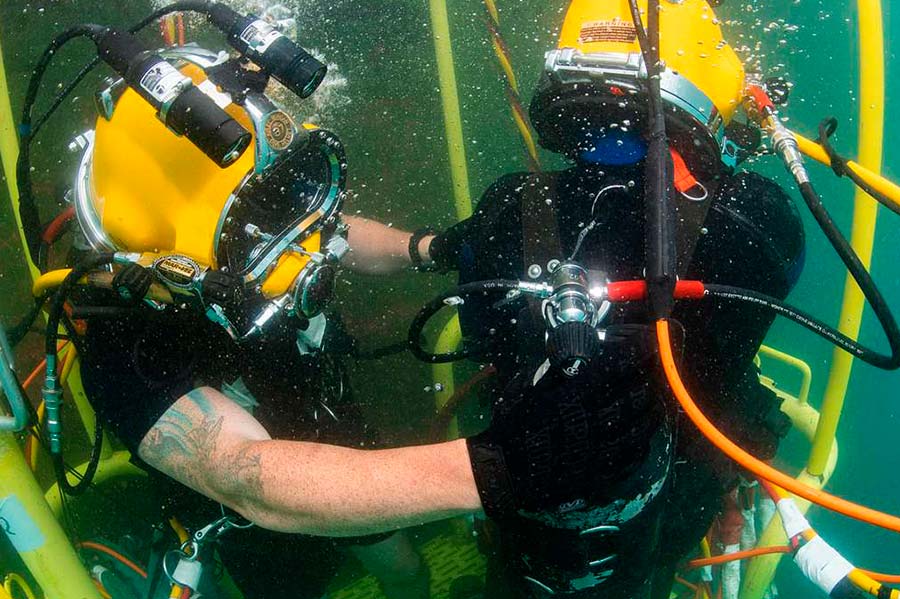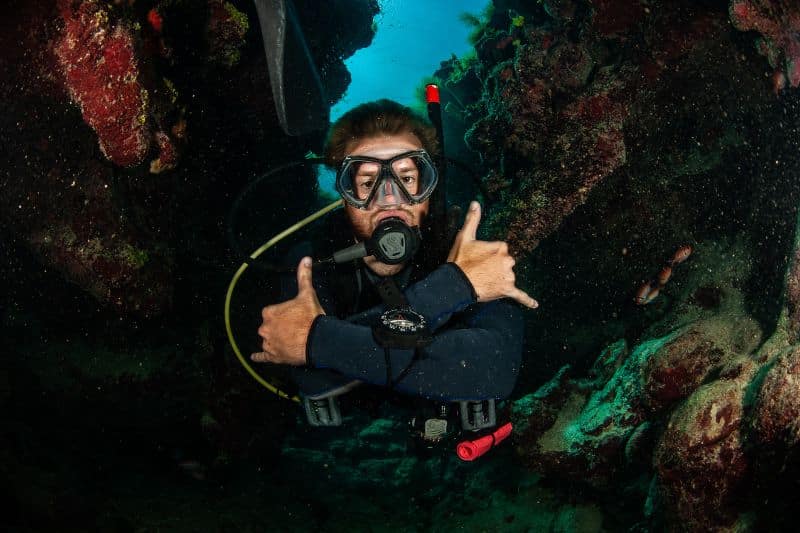When I accepted the challenge of writing about public safety diving (PSD), the first thing that came to my mind was the phrase that Master Chief Billy Sunday (Robert De Niro) says twice in the scuba diving movie “Men of Honor.”
I remember the second one perfectly. The two main characters are before the court that decides on Carl Brashear’s ability to continue working after losing a leg in an accident. The public safety diver must take 12 steps fully equipped with a suit that weighs more than 90 kilos/ 198lb and a prosthesis instead of a leg. About to faint, the master chief harangues him with these words:
“The Navy Diver is not a fighting man he is a salvage expert. If it is lost underwater, he finds it. If it’s sunk, he brings it up. If it’s in the way, he moves it. If he’s lucky, he will die young, 200 feet beneath the waves, for that is the closest he’ll ever get to being a hero. Hell, I don’t know why anybody’d want to be a Navy diver!
I’m sure there are better definitions of public safety diving, but none place as much value on the divers who do this work.
This article is a tribute to all public safety divers, including the founder of Dressel Divers, Javier Ibrán, who worked for more than 10 years in safety diving.




